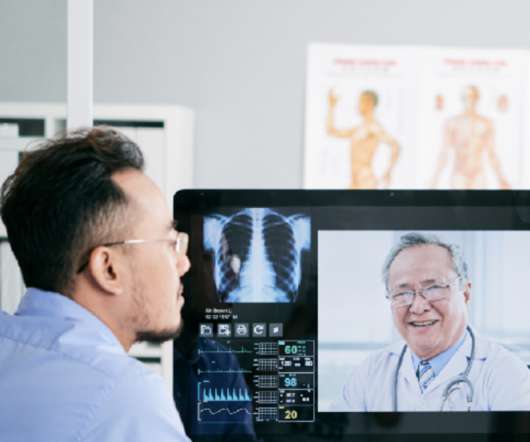Two Forms of Telemedicine: Synchronous vs. Asynchronous
Lloyd Price
JANUARY 17, 2020
" An mHealth Intelligence article notes, "Real-time telehealth provides timely care, especially in emergencies or urgent situations, and maintains the concept of the doctor-patient relationship by enabling a face-to-face analysis and treatment.













Let's personalize your content